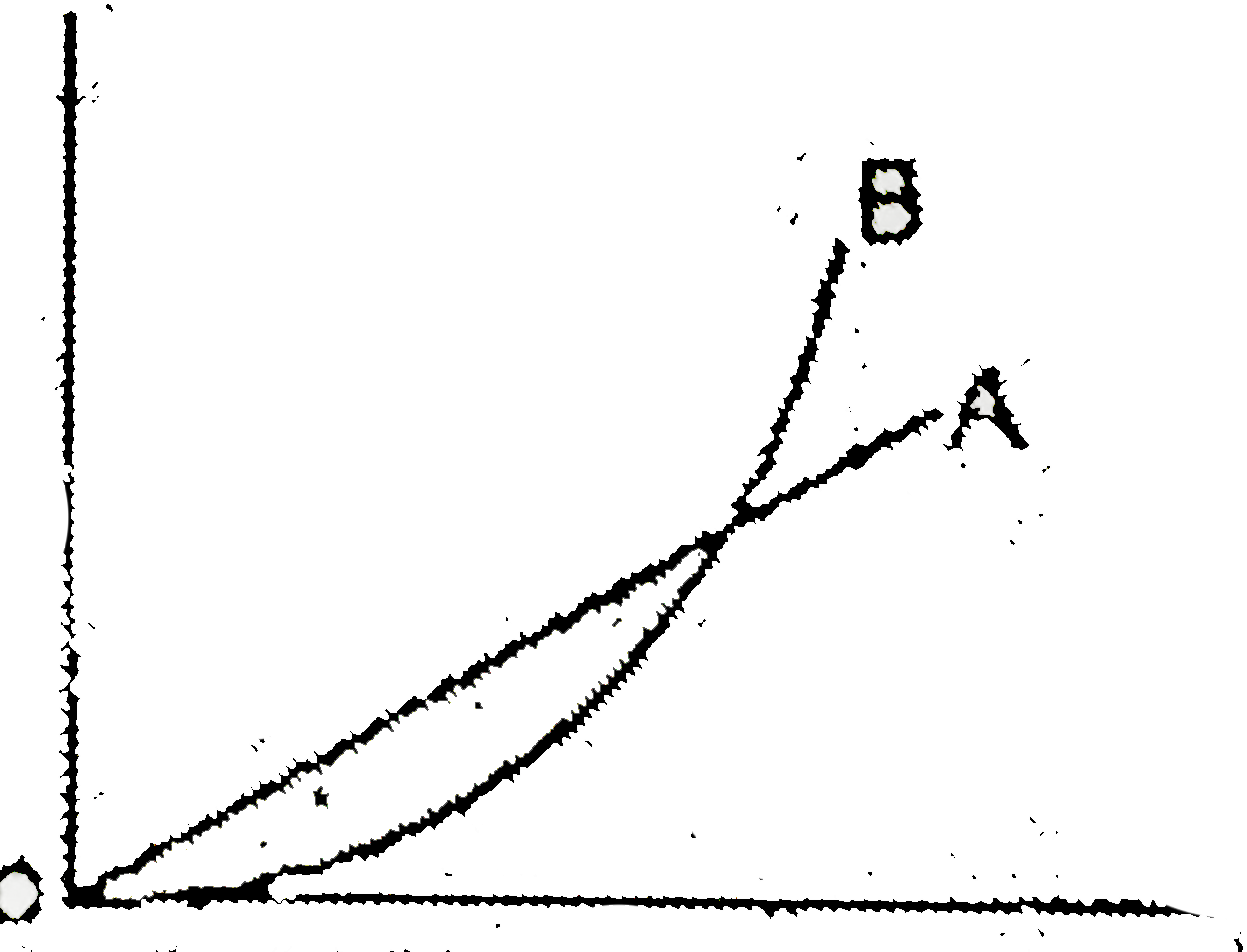If force F is increasing with time and at t=0, F = 0, where will slipping first start?
Step by step video & image solution for If force F is increasing with time and at t=0, F = 0, where will slipping first start? by Physics experts to help you in doubts & scoring excellent marks in Class 11 exams.
Similar Questions
A body of mass m rests on a horizontal plane with the friction coefficient k. At the moment t=0 a horizontal force is applied to it, which varies with time as F=at, where a is a constant vector.
Find the distance traversed by the body during the first t seconds after the force action began.View SolutionTwo blocks A and B, each of mass m, are connected by a spring of force constant K. Initially, the spring is in its natural length. A horizontal constant force F starts acting on block A at time t=0 and at time t , the extension in the spring is seen to be l. What is the displacement of the block A in time t ?
 View Solution
View Solution
Knowledge Check
- Question 1 - Select One
A particle is resting over a smooth horizontal floor. At t=0, a horizontal force starts acting on it. Magnitude of the force increases with the time according to law F=at, where 'a' is a constant. For figure which of the following statement is/are correct ?
 ACurve B indicates velocity against timeBCurve B indicates velocity against accelerationCCurve A indicates acceleration against timeDNone of these
ACurve B indicates velocity against timeBCurve B indicates velocity against accelerationCCurve A indicates acceleration against timeDNone of these - Question 2 - Select One or More
A particle is resting over a smooth horizontal floor. At t=0, a horizontal force starts acting on it. Magnitude of the force increases with the time according to law F=at, where 'a' is a constant. For figure which of the following statement is/are correct ?
 ACurve 1 can be the plot of acceleration against timeBCurve 2 can be the plot of velocity against timeCCurve 2 can be the plot of velocity against accelerationDCurve 1 can be the plot of displacement against time
ACurve 1 can be the plot of acceleration against timeBCurve 2 can be the plot of velocity against timeCCurve 2 can be the plot of velocity against accelerationDCurve 1 can be the plot of displacement against time - Question 3 - Select One or More
A particle is resting over a smooth horizontal floor AT t = 0, a horizontal force starts acting on it. Magnitude of the force increases with time F = kt, where k is a constant. The two curves are drawn for this particle as shown
 ACurve-1 shows acceleration versus timeBCurve-2 shows velocity versus timeCCurve-2 shows velocity versus accelerationDCurve-1 shows velocity versus acceleration
ACurve-1 shows acceleration versus timeBCurve-2 shows velocity versus timeCCurve-2 shows velocity versus accelerationDCurve-1 shows velocity versus acceleration
Two rectangular blocks A and B are placed on a horizontal surface at a very small separation. The masses of the blocks are mA=4 kg and mB=5 kg. Coefficient of friction between the horizontal surface and both the blocks is μ=0.4. Horizontal forces F1 and F2 are applied on the blocks as shown. Both the forces vary with time as F1=15+0.5t
F2=2t
Where ‘t’ is time in second.
Plot the variation of friction force acting on the two blocks (fAandfB) vs time till the motion starts. Take rightward direction to be positive for B and leftward direction to be positive forfA.
 View Solution
View SolutionA particle of mass 2 kg starts motion at time t = 0 under the action of variable force F = 4t (where F is in N and t is in s). The work done by this force in first two
View SolutionIf force (F) is given by F=Pt−1+αt, where t is time. The unit of P is same as that of
View SolutionA bar of mass m1 is placed on a plank of mass m2 which rests on a smooth horizontal plane . The coefficient of friction between the surfaces of bar and plank is k . The plank is subjected to a horizontal force F depending on time t as F = at , where a is a constant . The moment of time t0 at which the plank starts sliding is :
 View Solution
View SolutionA force F is given by F=at+bt2, where t is time. The dimensions of a and b are
View Solution
